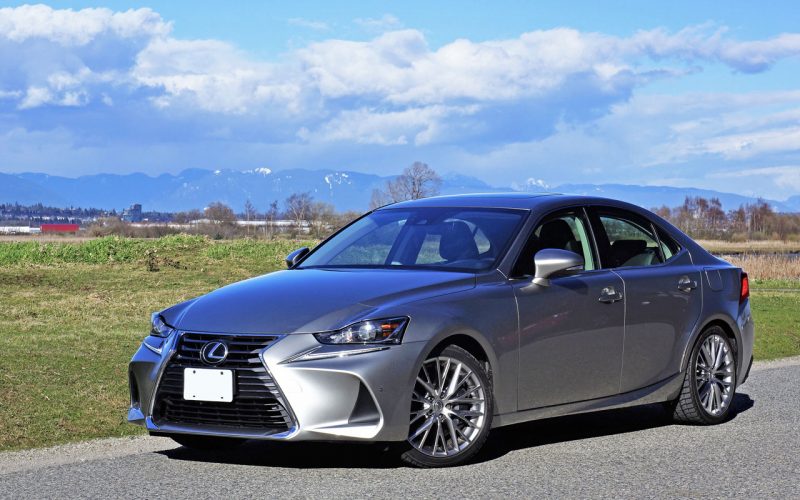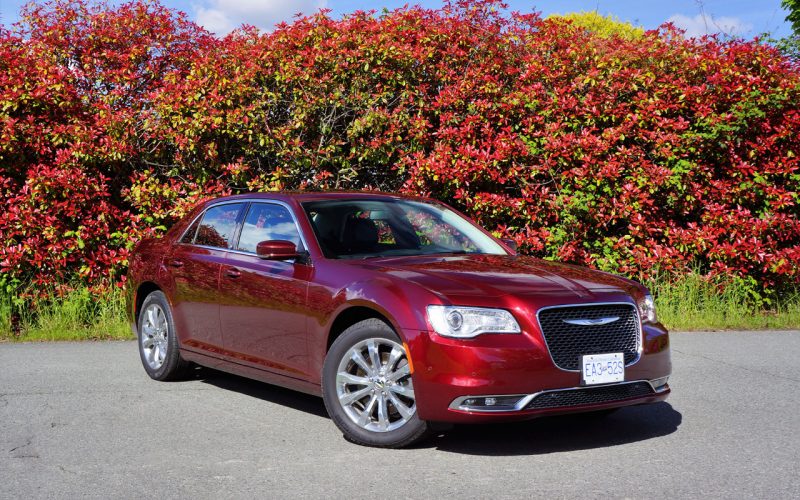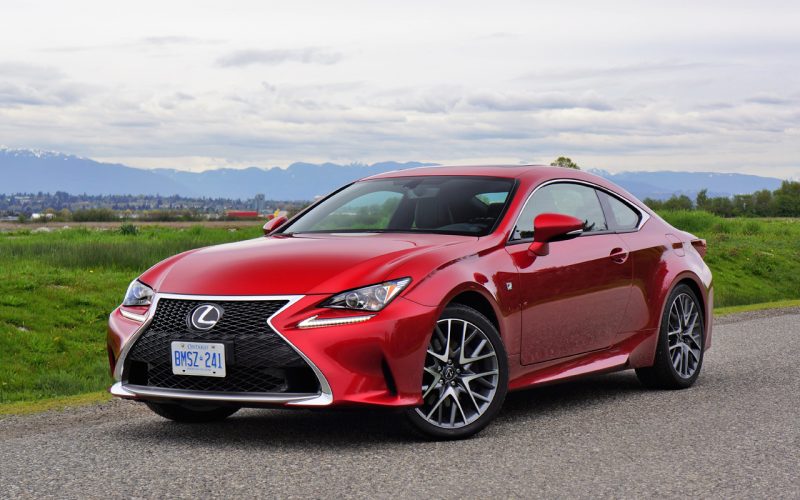
Reading Time: 10 minutesI don’t know about you, but I’m getting a bit weary of all the news saying

Reading Time: 6 minutesWhy does the Chrysler 300 outsell every mid- and full-size premium-branded luxury sedan as well as

Reading Time: 4 minutesThere’s a reason Lexus is considered a Tier 1 luxury brand along with Mercedes-Benz, BMW and
© 2025 The Car Magazine. All Rights Reserved, Privacy Policy | Terms of Use